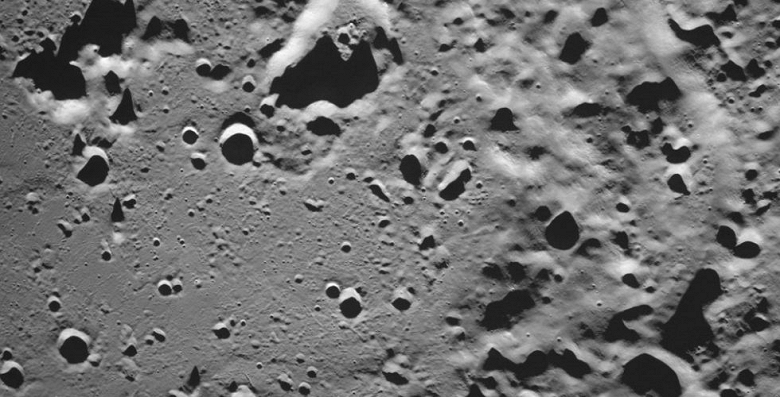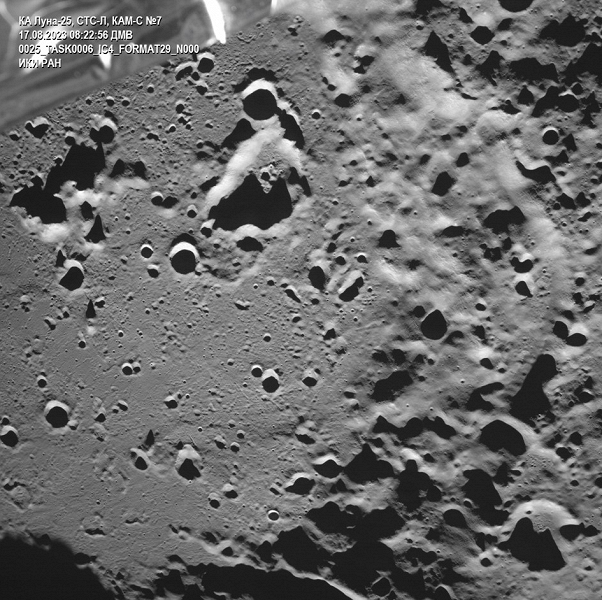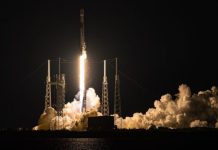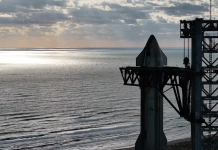Now the station is flying in a circular orbit of an artificial moon satellite.
The flight of the automatic station “Luna-25” to the natural satellite of the Earth continues. The press service of Roscosmos shared a new image from the cameras of the spacecraft.

This time, the station delighted the public with its first image of the lunar surface. The image, taken today at 08:23 Moscow time, captures the south polar crater Zeeman on the far side of the moon. The coordinates of the center of the crater correspond to 75 degrees south latitude and 135 degrees west longitude.
Roscosmos said:
Invisible from Earth, the Zeeman crater is a unique object on the lunar surface and is of great interest to researchers – the height of the shaft surrounding it reaches 8 kilometers above the surface of a relatively flat bottom. The resulting images significantly complement the currently available information about this crater.
The Luna-25 station took the first picture of the lunar surface: the photo shows a unique object
The world’s first image of the far side of the moon was obtained in October 1959 by the Soviet automatic station “Luna-3”.

Also today, the Luna-25 automatic station carried out observations using the ADRON-LR and PmL instruments, created at the IKI RAS, and ARIES-L, created at the IKI RAS in cooperation with Astron Electronics. Fluxes of gamma rays and neutrons from the lunar surface were measured, and the parameters of the circumlunar space plasma and gas and dust exosphere in the circumlunar orbit were also obtained.
A soft landing on the surface of the natural satellite of the Earth is planned on August 21 in the area north of the Boguslavsky crater.
The automatic station “Luna-25” should work out the technology of soft landing, take and analyze the soil and conduct long-term scientific research, study the upper layer of surface regolith in the region of the South Pole of the Moon and the lunar exosphere.
As Roscosmos notes, in terms of landing, Luna-25 is fundamentally different from its predecessors: Soviet lunar stations “landed” in the equatorial zone, and the new station should make a soft landing in the near-polar region with difficult terrain.




